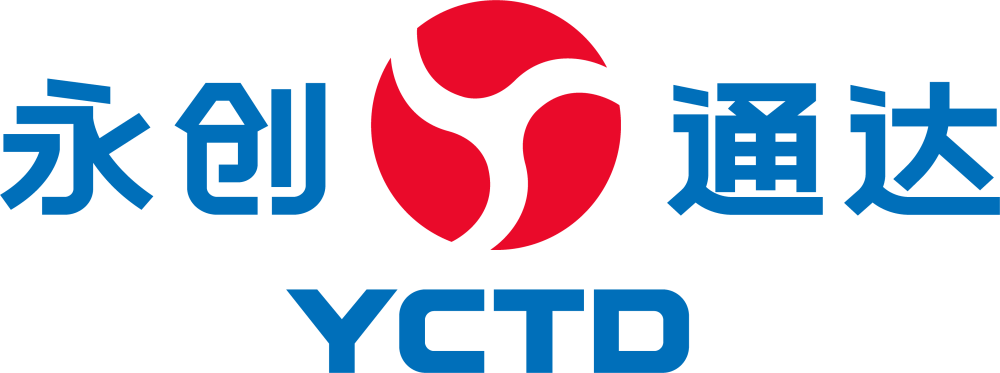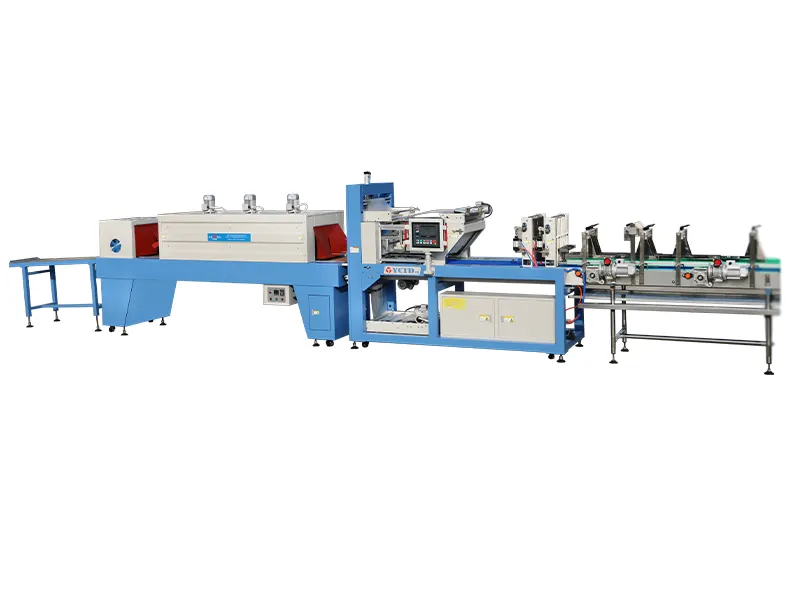Streamlining Production with Optimal Packaging Solutions
Selecting the appropriate packaging machinery can transform your production line’s efficiency, cost structure, and product integrity. Among these solutions, the shrink wrap machine stands out for its ability to secure, protect, and present items with precision. When evaluating options for your facility, factors such as machine type, film selection, throughput requirements, and integration capabilities all play pivotal roles. This comprehensive guide examines how to choose the best shrink wrap machine for your production line, ensuring seamless operation and significant return on investment.
Assessing Production Line Demands
Evaluating Output Volumes and Cycle Rates
Understanding your daily and peak production volumes helps determine the machine’s required throughput. Compare expected units per hour against machine cycle rates to ensure capacity alignment. High-volume operations may need continuous motion shrink wrap machines capable of 100+ wraps per minute, while smaller runs might be adequately served by intermittent-motion or semi-automatic systems. Aligning machine speed with your production line prevents downstream bottlenecks and maintains consistent workflow.
Determining Product Size and Format Variability
Analyze the dimensions, shapes, and packaging formats of your products. Machines with adjustable film holders and programmable width settings handle diverse product profiles with minimal manual changeovers. For standardized packages like boxes or cylinders, dedicated tray sealers or rotary wrappers offer optimized performance. If product lines expand seasonally or include unique shapes, opt for modular shrink wrap machines featuring quick-change over conveyors and adjustable tunnels to facilitate rapid reconfiguration.

Comparing Key Machine Architectures
Semi-Automatic Seal and Shrink Systems
Semi-automatic shrink wrap machines, often comprising a manual sealing arm paired with a dedicated heat tunnel, provide an entry-level solution. Operators place products in pre-opened film sleeves, activate the seal bar, and feed the bundle into the tunnel. Benefits include lower capital expenditure, simple operation, and minimal maintenance complexity. Consider ergonomic handle design, digital temperature readouts, and optional conveyor attachments to scale incrementally as production grows.
Fully Automatic In-Line and Turntable Machines
Fully automatic machines integrate wrapping, sealing, and shrinking into a single continuous cycle. In-line systems process items sequentially on a conveyor belt, ideal for high-speed environments. Turntable wrappers rotate product batches through a sealing arch before entering a shrink tunnel, enabling simultaneous processing of multiple units. Evaluate each architecture’s footprint, power consumption, and film usage efficiency to determine best fit for your floor space and energy budgets.
Prioritizing Technical and Operational Features
Film Tension Management and Reel Handling
Reliable film application depends on precise tension control. Look for shrink wrap machines with adjustable brake systems or dancer bars that maintain consistent film feed tension, preventing wrinkles and tears. Automated core clamping and simple reel swapping mechanisms reduce downtime. Machines supporting various reel widths and diameters grant flexibility across film types—whether polyolefin, PVC, or polyethylene.
Heat Tunnel Performance and Airflow Dynamics
A well-engineered tunnel ensures uniform heat distribution, critical for clear, tight wraps. Key design aspects include multi-directional air nozzles, insulated interior panels, and variable-speed tunnel conveyors. Machines equipped with programmable air temperature zones allow fine-tuning for delicate items and thicker blocks—avoiding scorching or incomplete shrinkage. Rapid heat-up times and efficient insulation also minimize energy consumption.
Integrating with Existing Systems
Conveyor Sync and Sensor Communication
Seamless operation demands tight integration between your shrink wrap machine and upstream conveyors. Photoelectric sensors detect product arrival, triggering automatic seal and shrink cycles only when items are in position. This synchronization reduces misfeeds and film waste. Additionally, ensure compatibility with palletizers, cartoners, or case packers to maintain cohesive line flows, minimizing manual interventions.
Control Systems and Automation Interfaces
Modern shrink wrap machines utilize programmable logic controllers (PLCs) and intuitive human-machine interfaces (HMIs) to streamline operation. Choose machines with recipe management capabilities, allowing quick retrieval of pre-set parameters for different products. Network-ready PLCs facilitate data exchange with SCADA or MES platforms, enabling centralized monitoring of throughput metrics, downtime events, and maintenance alerts.
Total Cost of Ownership Analysis
Energy Efficiency and Utility Consumption
Assess the machine’s power draw, especially for heat tunnels and motors. High-efficiency heaters and variable-frequency drive (VFD) motors reduce electricity bills over the machine’s lifespan. Standby or sleep modes during idle periods further lower consumption. Compare energy ratings and projected run hours to gauge annual utility costs relative to output volumes.
Maintenance Requirements and Serviceability
Preventive maintenance extends machine life and curtails unexpected downtime. Opt for shrink wrap machines featuring modular components—such as easily replaceable sealing wires and belts—and clear access panels for routine inspections. Remote diagnostics capabilities and vendor-backed service agreements shorten repair lead times. Evaluate spare parts availability and lead times to avoid long sourcing delays.
Sustainability and Regulatory Compliance
Eco-Conscious Film Selections
Incorporate recycled-content or bio-based shrink films compatible with your machine’s heat profiles. Specialized polyolefin blends permit thinner gauges while maintaining tensile strength. Such eco-films reduce plastic waste and support corporate sustainability targets. Additionally, inline scrap collection attachments facilitate film recycling directly at the tunnel output.
Safety Standards and Operator Ergonomics
Verify that the machine complies with local safety regulations—CE, UL, or OSHA standards as applicable. Essential safety features include emergency stop buttons, interlocked guards, and thermal cutoff sensors. Ergonomic design elements, such as adjustable-height seal bars and low-profile conveyor edges, minimize operator strain and enhance overall productivity.
Future Expansion and Technological Adaptability
Modular Upgrades and Accessory Integration
Select shrink wrap machines with upgrade paths for automation enhancements—robotic pick-and-place arms, auto film loaders, or secondary ejection conveyors. Being able to add modules without overhauling the core machinery protects capital investment and simplifies scaling up.
Data Connectivity and Industry 4.0 Readiness
Internet of Things (IoT) features offer real-time performance tracking, predictive maintenance alerts, and energy consumption analytics. Machines equipped with Ethernet or wireless interfaces can feed data into centralized dashboards for enterprise-wide visibility, empowering continuous improvement and streamlined decision-making.
FAQ
How do I match shrink wrap machine throughput to production demands?
Calculate your maximum units per hour, then select a machine whose rated cycle speed meets or exceeds that figure, factoring in occasional downtime and changeover periods.
What maintenance tasks are critical to minimize downtime?
Regularly inspect sealing wires, belts, and heat tunnel sensors; apply lubrication points; calibrate tension systems and temperature controls; and keep a log for trend analysis.
Can I use multiple film types on one machine?
Many shrink wrap machines support diverse film formats, provided they feature adjustable tension controls, programmable temperature profiles, and suitable reel holders.
What are the key energy-saving features to consider?
Look for rapid heat-up elements, insulated tunnels, VFD drives on conveyors, and standby modes to reduce idle power draw.
Table of Contents
- Streamlining Production with Optimal Packaging Solutions
- Assessing Production Line Demands
- Comparing Key Machine Architectures
- Prioritizing Technical and Operational Features
- Integrating with Existing Systems
- Total Cost of Ownership Analysis
- Sustainability and Regulatory Compliance
- Future Expansion and Technological Adaptability
- FAQ

